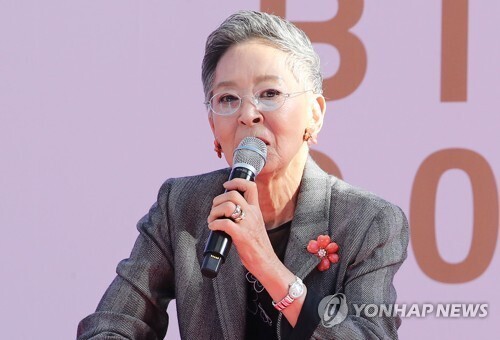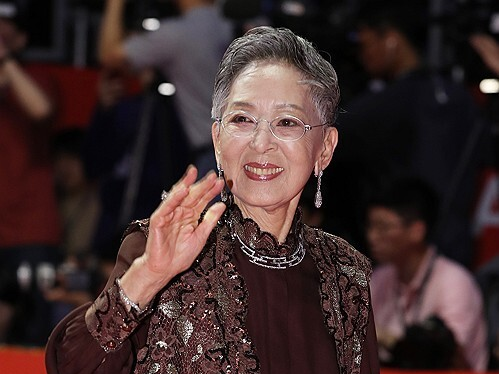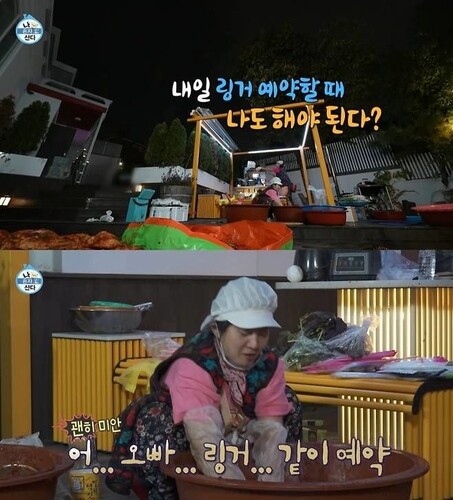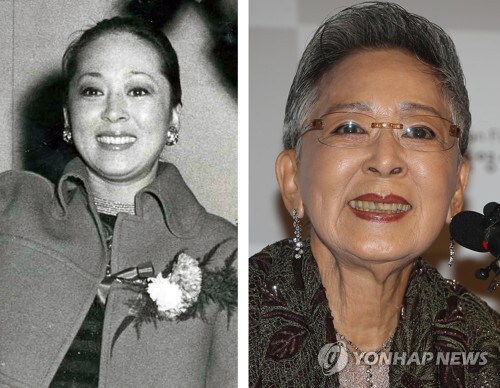 |
| ▲ This image, provided by the Korea Heritage Service, shows Gwanwoldang in Kotoku-in, a Buddhist temple in Kamakura, Japan, before it was disassembled. (PHOTO NOT FOR SALE) (Yonhap) |
SEOUL, June 24 (Yonhap) -- A building believed to be a royal shrine from the Joseon Dynasty (1392-1910) has returned to Korea, about 100 years after it was taken to Japan.
The Korea Heritage Service (KHS) and the Overseas Korean Cultural Heritage Foundation announced Tuesday that they had received parts of the structure, known as Gwanwoldang, under an agreement reached a day ago with Kotoku-in, a Buddhist temple in Kamakura, Japan.
The return was made possible through the decision of Takao Sato, chief priest of the temple, who concluded that the shrine should be preserved in its original home -- Korea.
It marks the first time an entire Korean building located overseas has been repatriated. Previously, in 1995, 110 tons of remains from Jaseondang Hall of Gyeongbok Palace, discovered in a garden path at Tokyo's Okura Hotel, were returned. However, those remains consisted mostly of stone components, such as stylobates and cornerstones.
Gwanwoldang is a traditional wooden structure measuring three bays in width. Its architectural style and decorative elements with roof tiles adorned with symbolic patterns, including dragons, spider webs and bats, are characteristic of royal shrines from the late 18th- to early 19th-century Joseon period.
Experts believe it was likely used by a grand prince or other members of the royal family.
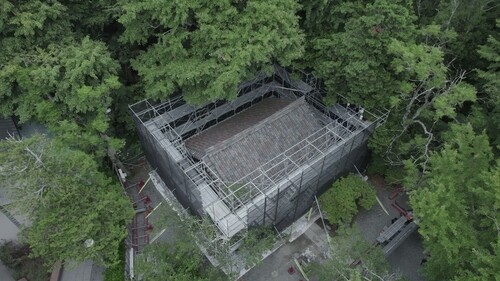 |
| ▲ This image, provided by the Korea Heritage Service, shows Gwanwoldang in Kotoku-in, a Buddhist temple in Kamakura, Japan, after it was partly disassembled. (PHOTO NOT FOR SALE) (Yonhap) |
A structural analysis revealed that some modifications were made after the building was relocated to Japan.
According to Korean scholars, the shrine was originally transferred in 1924 to Kisei Sugino, the first president of Yamaichi Securities, by the Joseon Siksan Bank, a financial institution established during the Japanese colonial period (1910–1945). Sugino later donated it to Kotoku-in in the 1930s, where it is believed to have been used as a prayer hall.
The disassembled building components are now stored at the Korea Foundation for Traditional Architecture and Technology in Paju, just north of Seoul.
Korean experts will restore the shrine and conduct further research into its original name, location and the historical figures it was intended to honor, officials said.
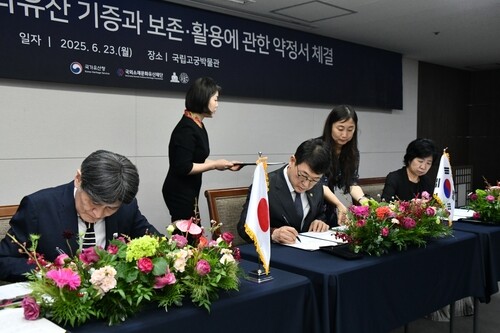 |
| ▲ Takao Sato, chief priest of Kotoku-in, a Buddhist temple in Kamakura, Japan; Choi Eung-chon, head of the Korea Heritage Service (KHS); and Kim Jung-hee, head of the Overseas Korean Cultural Heritage Foundation, (from L to R) sign an agreement on the donation of Gwanwoldang, a building believed to be a royal shrine from the Joseon Dynasty (1392-1910), at the National Palace Museum of Korea in Seoul on June 23, 2025, in this photo provided by the KHS. (PHOTO NOT FOR SALE) (Yonhap) |
Sato not only initiated the return but also personally covered the costs of dismantling the structure and transporting its components to Korea.
In addition, the Japanese temple has expressed its intention to establish a separate fund and donate it to the Overseas Korean Cultural Heritage Foundation, signaling a commitment to continued cooperation in cultural heritage research between Korea and Japan.
"I hope that while remembering the historical significance and value it held at Kotoku-in for the past 100 years, it will regain its original value in an appropriate place within Korea," Sato said, referring to Gwanwoldang.
Choi Eung-chon, head of the KHS, said: "This is an exemplary case that actualizes the values of mutual respect and empathy through cultural heritage. We hope it will become a symbol of cultural solidarity and future-oriented cooperation between Korea and Japan."
(C) Yonhap News Agency. All Rights Reserved













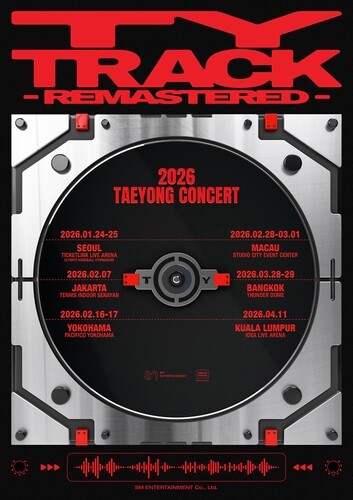

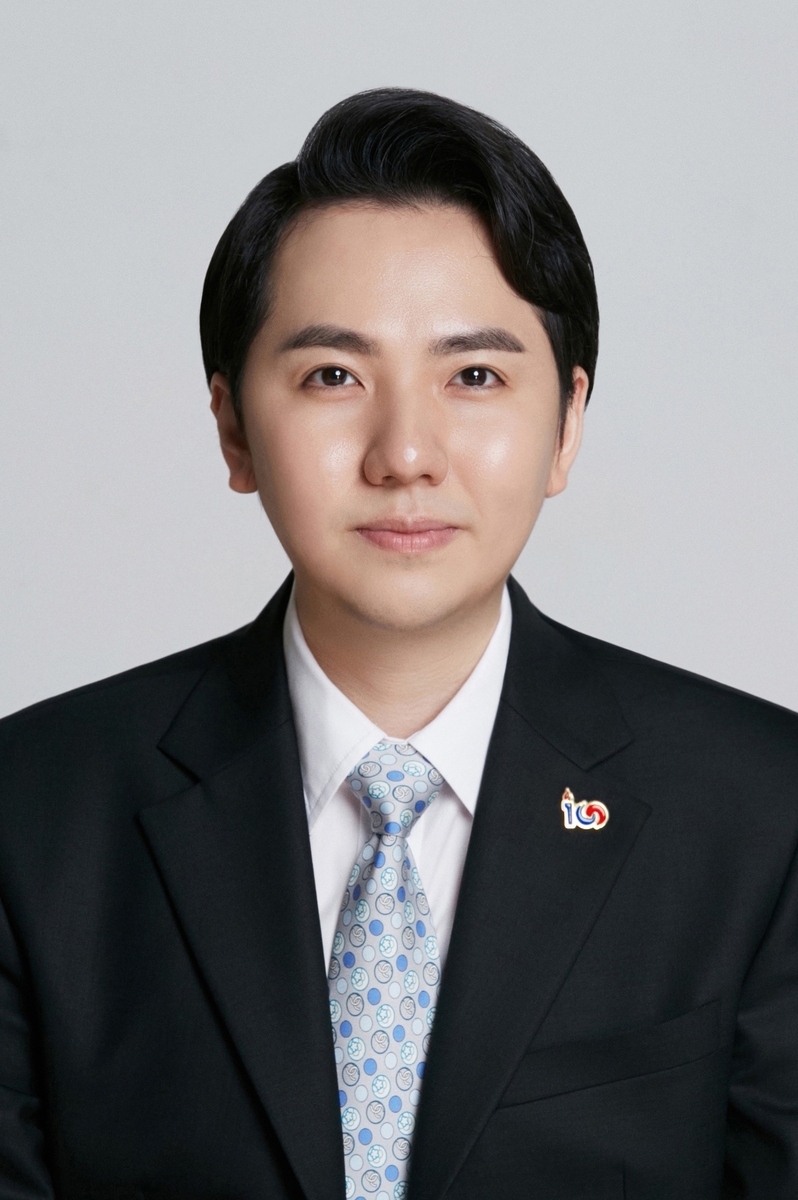
![[가요소식] 하츠투하츠 내년 3월 북미 쇼케이스 개최](https://korean-vibe.com/news/data/20251216/yna1065624915956235_448.jpg)
![[가요소식] 군 복무 마친 NCT 태용, 내달 단독 콘서트](https://korean-vibe.com/news/data/20251216/yna1065624915956223_957.jpg)


